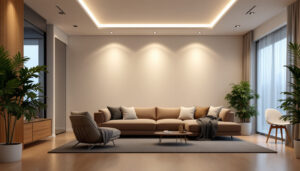
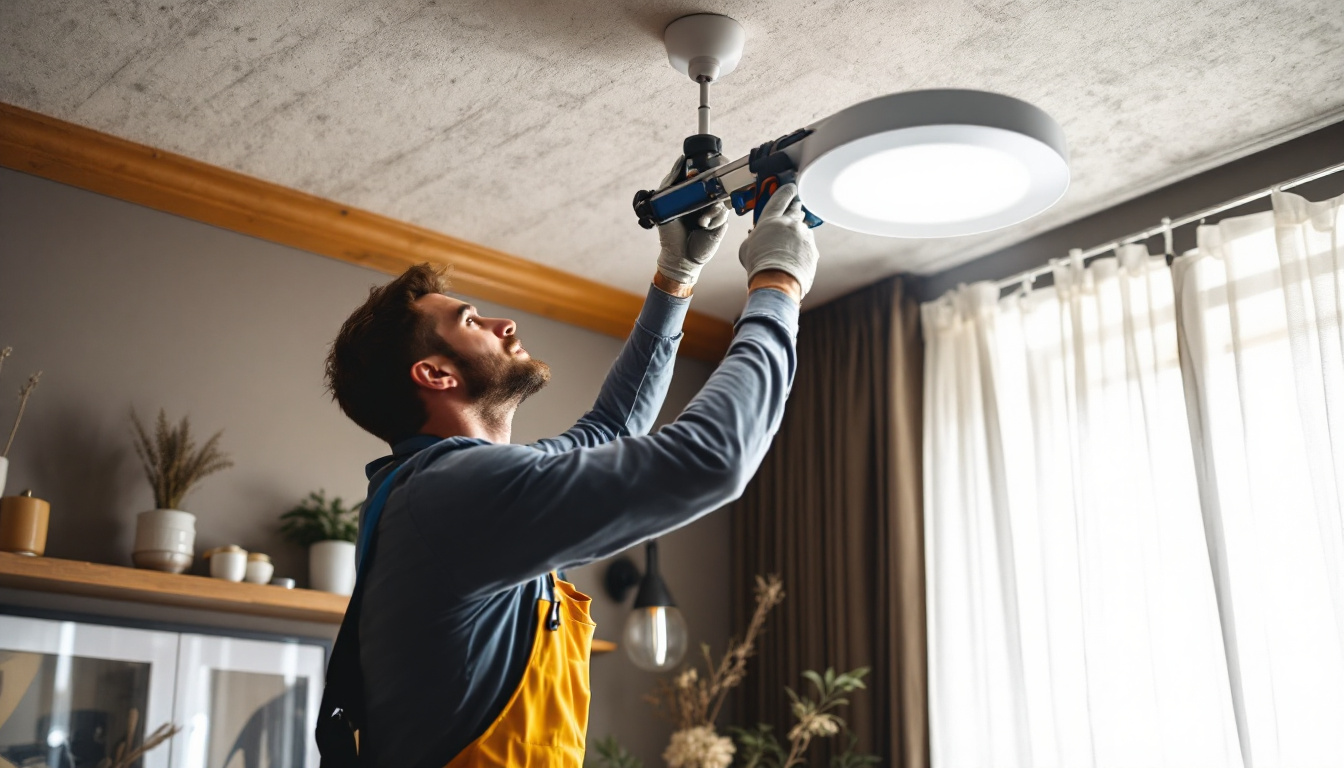
In the realm of lighting design and installation, the canopy light fixture stands out as a vital component for both functionality and aesthetics. For lighting contractors, understanding the nuances of these fixtures is essential for delivering high-quality installations that meet client expectations. This article delves into the significance of canopy light fixtures, their various applications, and the tools necessary for effective installation and maintenance.
Canopy light fixtures are designed to provide illumination in various settings, particularly in commercial and industrial environments. Their robust construction and versatile designs make them suitable for a range of applications, from parking lots to outdoor walkways. The primary purpose of these fixtures is to enhance visibility and safety while contributing to the overall ambiance of a space. With advancements in lighting technology, these fixtures have evolved significantly, offering improved efficiency and functionality that cater to the needs of modern infrastructure.
There are several types of canopy light fixtures available, each tailored to specific needs. The most common types include LED canopies, fluorescent canopies, and traditional metal halide canopies. LED canopies are increasingly popular due to their energy efficiency and long lifespan, making them a cost-effective choice for contractors and clients alike. These fixtures not only consume less energy but also require minimal maintenance, which is a significant advantage for large-scale installations.
Fluorescent canopies, while less common today, are still used in certain applications where budget constraints are a concern. They provide a softer light quality, which can be beneficial in environments where glare reduction is essential. Metal halide canopies offer bright illumination and are often used in areas requiring high light output, such as large parking lots. Understanding these options allows contractors to recommend the best fixture for a given project, ensuring that the lighting meets both functional and aesthetic requirements. Additionally, some manufacturers now offer hybrid models that combine the benefits of different technologies, providing even more flexibility in lighting design.
Canopy light fixtures are versatile and can be employed in various settings. Common applications include:
By understanding these applications, lighting contractors can better serve their clients, ensuring that the right fixtures are installed in the appropriate locations. Furthermore, canopy lights can also be utilized in recreational areas, such as parks and sports facilities, where adequate lighting is crucial for safety and enjoyment. In these settings, the ability to withstand harsh weather conditions is vital, and many modern fixtures are designed with weather-resistant materials to ensure longevity and reliability. This adaptability makes canopy light fixtures an essential component in the design of safe and inviting public spaces, contributing to community well-being and engagement.
The installation of canopy light fixtures requires a specific set of tools to ensure efficiency and safety. Lighting contractors must be equipped with the right equipment to handle various installation scenarios effectively.
Every contractor should have a standard set of hand tools, including screwdrivers, pliers, and wrenches. These tools are essential for assembling and securing fixtures to their mounting surfaces. A quality set of insulated screwdrivers is particularly important, as they help prevent electrical shocks during installation.
Additionally, a good pair of wire strippers and crimpers are crucial for making secure electrical connections. Ensuring that all connections are properly made is vital for the longevity and safety of the lighting system. Furthermore, having a torque wrench can be beneficial for tightening screws and bolts to the manufacturer’s specifications, which helps prevent damage to the fixture and ensures optimal performance.
Power tools can significantly speed up the installation process. A cordless drill is indispensable for drilling holes and driving screws, especially in hard-to-reach areas. When selecting a drill, contractors should consider the battery life and torque settings to ensure they can handle various materials.
Other useful power tools include saws for cutting mounting brackets or other components. A reciprocating saw or a jigsaw can be particularly helpful for making precise cuts in different materials. Additionally, a laser level can greatly enhance the accuracy of installations by ensuring that fixtures are aligned correctly, which is crucial for both aesthetics and functionality.
Safety should always be a priority for lighting contractors. Personal protective equipment (PPE) such as hard hats, safety glasses, and gloves is essential to protect against potential hazards during installation. Additionally, high-visibility vests are recommended when working in outdoor environments, especially near roadways.
Using a sturdy ladder or scaffold is crucial for reaching elevated installation points safely. Contractors should ensure that all equipment is in good working condition and used according to safety guidelines. Moreover, having a first aid kit on hand is a wise precaution, as it allows for immediate response to minor injuries that may occur on the job site. Regular safety training sessions can also help contractors stay updated on best practices and new safety regulations, fostering a culture of safety within the team.
Installing canopy light fixtures involves more than just having the right tools; it also requires adherence to best practices to ensure a successful outcome. Following these guidelines can help contractors deliver high-quality installations that meet safety standards and client expectations.
Before beginning any installation, careful planning is essential. This includes assessing the site to determine the best locations for the fixtures. Factors such as existing lighting, the layout of the area, and potential obstructions should be considered to optimize illumination.
Creating a detailed installation plan can help streamline the process and ensure that all necessary materials and tools are on hand. This foresight can prevent delays and reduce the risk of errors during installation.
Electrical work is a critical component of installing canopy light fixtures. Contractors must ensure that all electrical connections comply with local codes and regulations. This includes using the appropriate wire gauge and ensuring that connections are secure and insulated.
It is also important to consider the power supply and ensure that the circuit can handle the load of the new fixtures. If necessary, contractors should consult with a licensed electrician to verify that the electrical system is adequate for the installation.
Once the installation is complete, thorough testing is essential. Contractors should verify that each fixture operates correctly and that the lighting levels meet the project specifications. This step is crucial for ensuring client satisfaction and safety.
Regular maintenance is also important for the longevity of canopy light fixtures. Contractors should advise clients on routine checks, such as cleaning the fixtures and replacing bulbs as needed. Establishing a maintenance schedule can help prevent issues and extend the life of the lighting system.
Selecting the appropriate canopy light fixture for a project can significantly impact the overall effectiveness and aesthetic appeal of the installation. Contractors should consider several factors when making this decision.
With rising energy costs and increasing environmental awareness, energy efficiency is a top priority for many clients. LED canopy fixtures are often the best choice due to their low energy consumption and long lifespan. By recommending energy-efficient options, contractors can help clients save money on utility bills while reducing their carbon footprint.
Additionally, some clients may be eligible for energy rebates or incentives when opting for energy-efficient lighting solutions. Contractors should stay informed about available programs to provide clients with the best options.
The design and aesthetics of canopy light fixtures can significantly influence the overall look of a space. Contractors should consider the architectural style of the building and the surrounding environment when selecting fixtures. Options range from sleek, modern designs to more traditional styles, catering to diverse client preferences.
Moreover, color temperature plays a crucial role in the ambiance created by the lighting. Warmer color temperatures can create a welcoming atmosphere, while cooler temperatures are ideal for enhancing visibility in commercial settings. Understanding these elements allows contractors to make informed recommendations that align with client expectations.
Given that many canopy light fixtures are installed outdoors, durability and weather resistance are critical factors to consider. Contractors should choose fixtures that are rated for outdoor use and can withstand various environmental conditions, including rain, snow, and extreme temperatures.
Materials such as corrosion-resistant metals and impact-resistant glass can enhance the longevity of the fixtures. Providing clients with durable options ensures that their lighting systems remain functional and aesthetically pleasing over time.
Canopy light fixtures are essential tools for lighting contractors, offering versatility and functionality in various applications. By understanding the different types of fixtures, the necessary tools for installation, and best practices, contractors can deliver high-quality lighting solutions that meet client needs.
Choosing the right canopy light fixture involves considering factors such as energy efficiency, design, and durability. With the right knowledge and tools, lighting contractors can enhance their service offerings and contribute to safer, well-lit environments for their clients.
As the demand for effective lighting solutions continues to grow, staying informed about the latest trends and technologies in canopy light fixtures will empower contractors to excel in their field. Embracing innovation and prioritizing quality will ensure long-term success in the competitive lighting industry.
Ready to elevate your lighting projects with the best canopy light fixtures on the market? Look no further than LumenWholesale, where we provide contractors with exceptional, spec-grade lighting products at unbeatable wholesale prices. Say goodbye to local distributor markups and hello to superior lighting solutions that meet the highest industry standards. With our hassle-free bulk buying and free shipping, you can trust that you’re getting premium quality without hidden fees. Make your next project shine with the perfect blend of quality, affordability, and convenience. Visit LumenWholesale now for Wholesale Lighting at the Best Value.
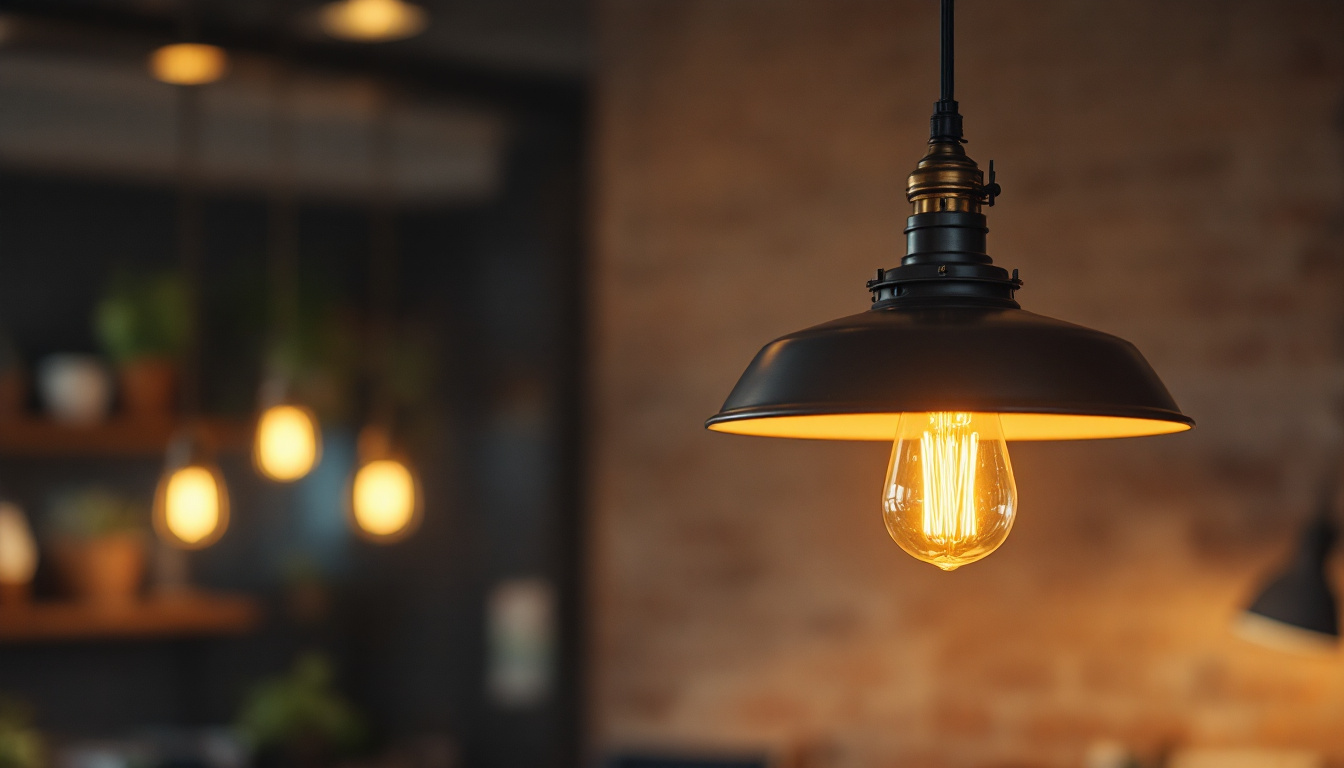
Discover the pivotal role industrial pendant light fixtures play in modern lighting design.

Discover why purchasing vapor tight lighting in bulk from local distributors might not be the best choice.
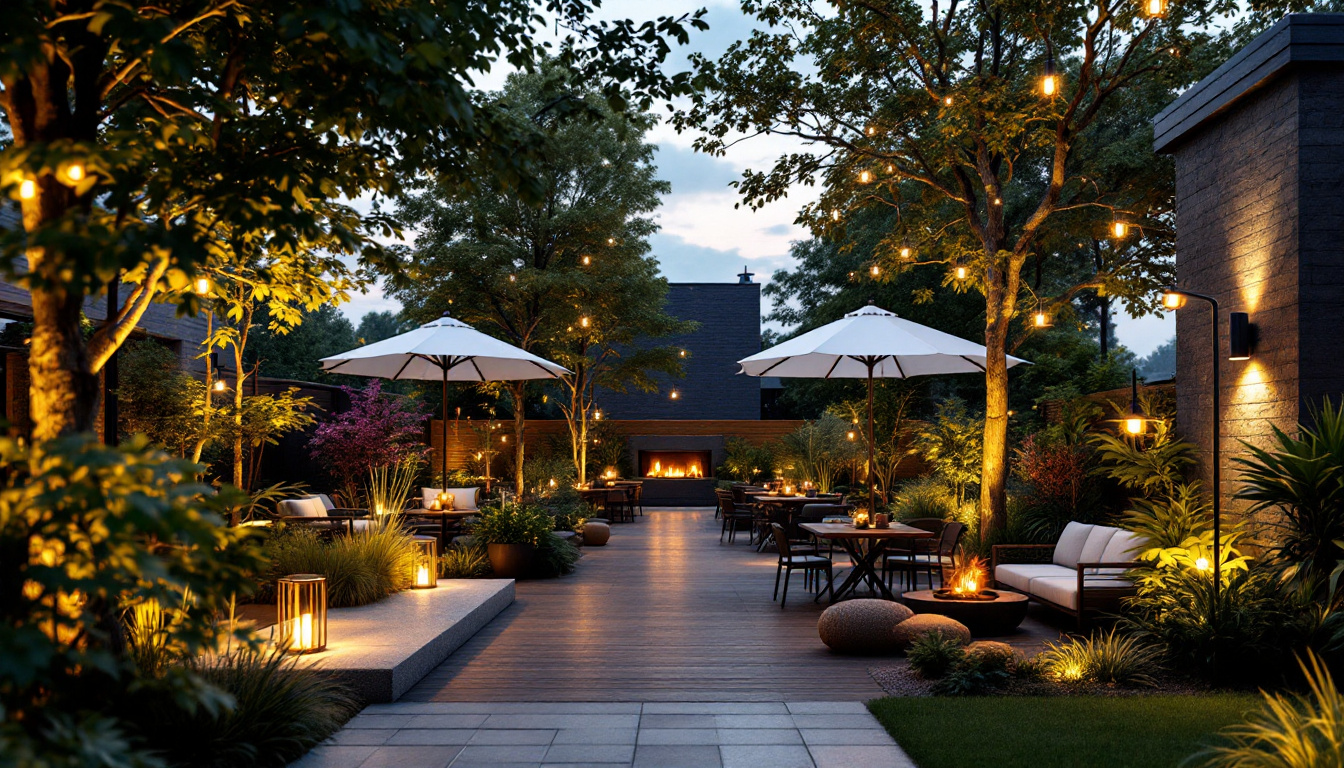
Discover the essential insights lighting contractors need to know about outdoor lighting fixtures.
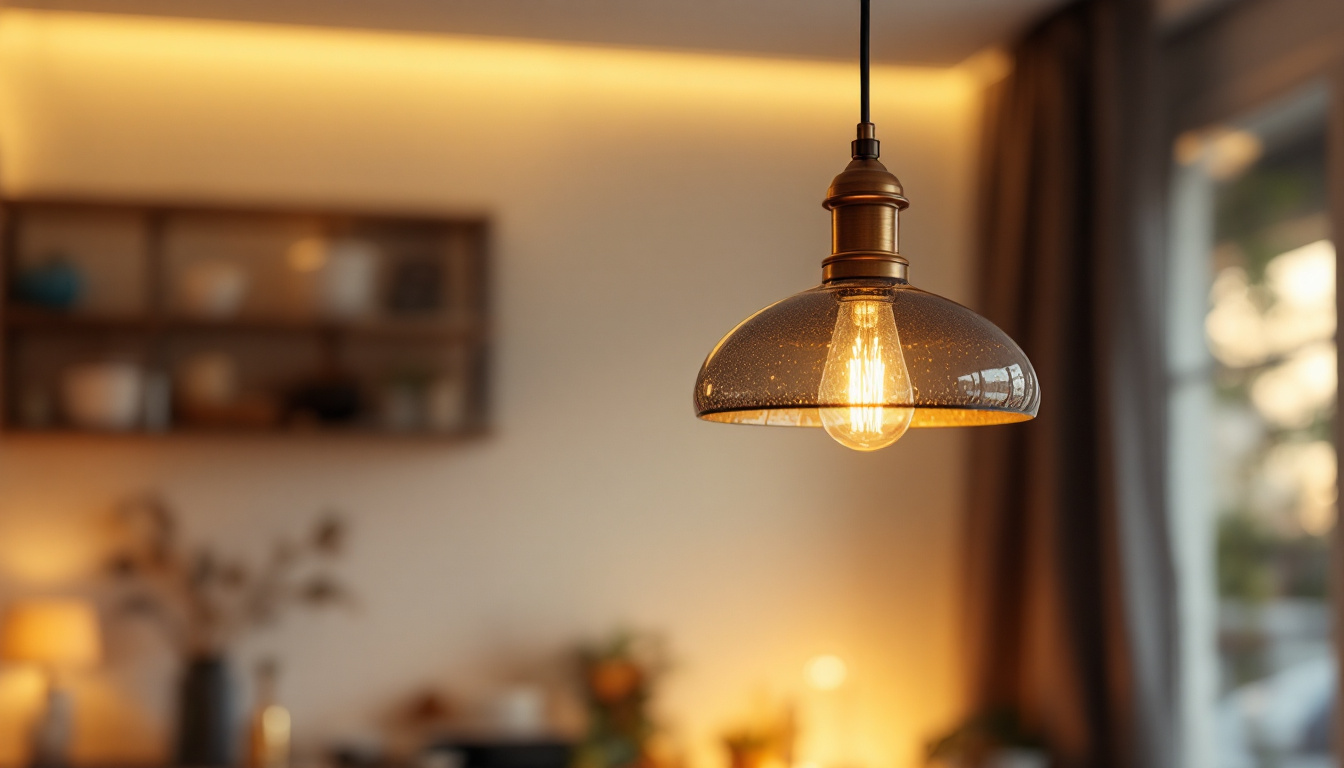
Discover essential insights for lighting contractors on selecting and installing hanging lamps.
Get notified when NEW deals are released.
Optimize your budget with wholesale discounts.
Only top-quality, specification-grade lighting products.
No additional costs at checkout - what you see is what you pay.
We understand the unique needs of contractors.